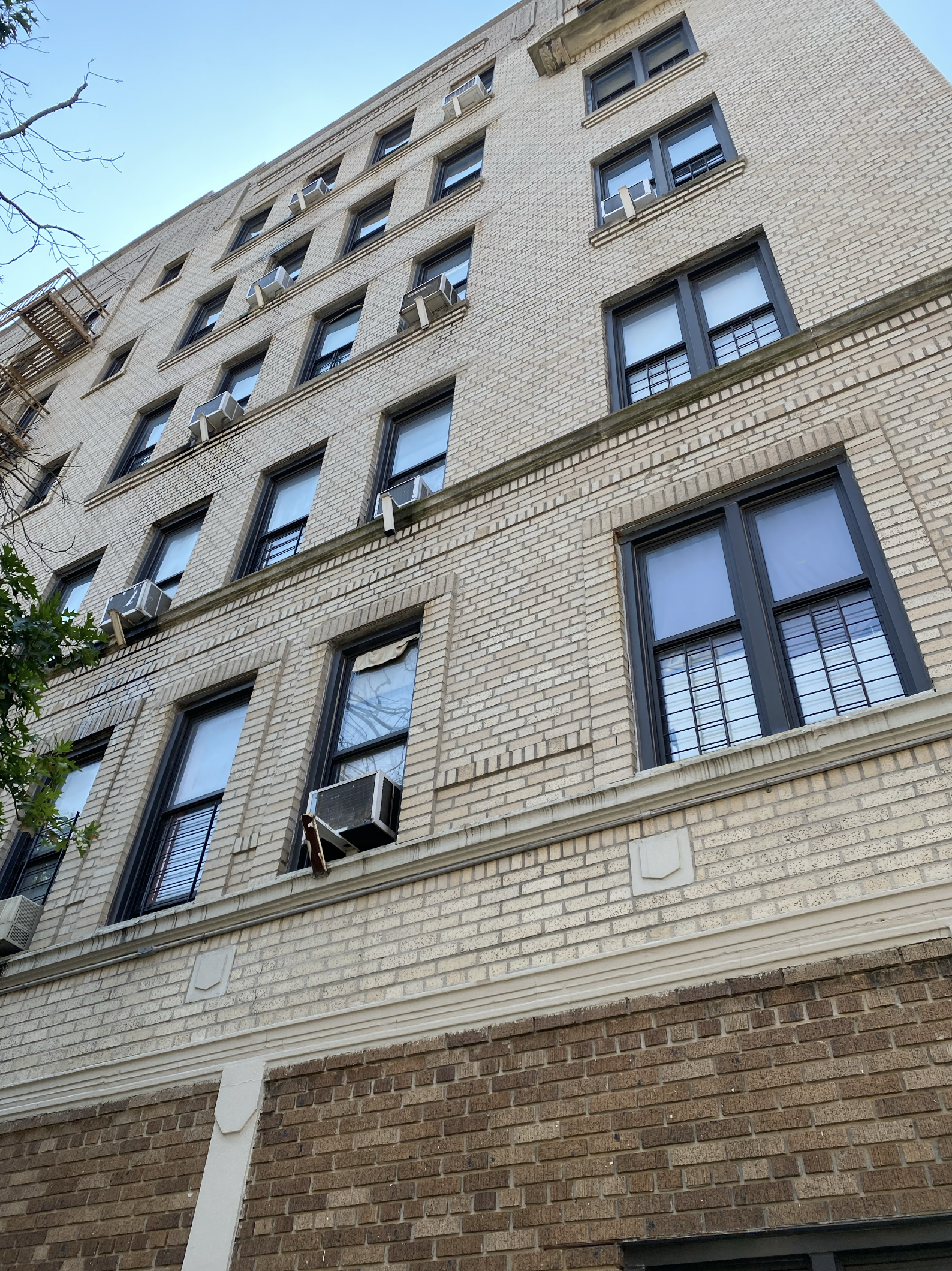
DA Green
Grower Green is comprised of 13 separate affordable multifamily residential buildings, originally constructed between 1912 and 1920 in South Williamsburg, Brooklyn.
Location
South Williamsburg, Brooklyn, New York
Surface Area
xxx,xxx SF
Category
Affordable Housing, Occupied Rehab
Role / Self Performance
Construction Manager
Home to hundreds of low- to moderate-income multigenerational households, this portfolio exemplifies pre-War affordable housing that remains vital to the cultural and socioeconomic fabric of this diverse community.
Each building operates with independent electrical and mechanical systems. This tenant in-place energy retrofit project uniquely demonstrates how the city’s older residential buildings can be revitalized with relatively simple, cost-effective energy efficiency measures. These upgrades improve operational performance, reduce operating costs, lower carbon emissions, and enhance the health and well-being of residents in an economically responsible and minimally disruptive manner.
Upon completion, this project will serve as a model for similar existing occupied affordable multifamily buildings to emulate.
Capital Improvement Highlights
Key Upgrades Implemented
Roof assembly with R-33 insulation
High- efficiency gas condensing DHW water heaters
Modernized elevators with VFD motors and controls
LED lighting in common areas
In-unit low-flow aerators for faucets and showerheads, and LED lamps
Importance of Upgrades
Affordable housing, such as DA Green HDFC, and its disadvantaged communities benefit greatly from energy efficiency and renewable energy upgrades due to improved health and economics. Residents of affordable housing are more vulnerable to higher levels of pollution, leading to associated health risks. Energy-efficient and renewable energy systems reduce contamination levels and improve health outcomes. Additionally, LMI families spend a higher proportion of their income on utilities, so any savings increase their disposable income for essentials like food, clothing, healthcare, and education. Ultimately, communities benefit from improved family health, economic stability, equitable income, and cultural diversity.
Challenges Addressed by Energy Efficiency/Renewable Energy Upgrades
The last major retrofit of the portfolio occurred 20 years ago, leading to increased energy consumption and operating costs. The scope included the following for each of the buildings in the portfolio:
Re-roofing with above-code insulation R-values
Installing high-efficiency gas condensing water heaters
Upgrading LED lighting in common areas
Modernizing elevators with VFD motors and controls
Adding in-unit low-flow aerators for faucets and showerheads
Cost Savings & Quality Of Life-Focused Upgrades
New Roofing
Upgrade the building roofs with enhanced insulation and greater reflectivity will help maintain consistent indoor temperatures and prevent heat transfer.
Systems Upgrades
High-efficiency domestic hot water heaters reduce emissions to comply with Local Law 97.
The modernized elevator improvements will result in lower maintenance costs, avoidance of fines, and lower management costs to field tenant feedback.
Operation & Cost Savings Improvement Measures
LED upgrades in common areas and adding in-unit low- flow aerators for faucets and showerheads reduce electric and maintenance costs.
Principal Benefits
To the Bottom Line
Annual savings of approximately 144,996 kWh in electricity and 3,969 MMBtu in gas, translating to $90,365 in utility cost savings
$18,000 (50% cost share of NYSERDA FTC-approved energy study) and an additional $582,082 in direct grant/ rebate-based incentives from AMEEP
Lower operation and maintenance costs (e.g., elimination of costly roof and DHW system O&M expenditures)
Higher demand and occupancy rates for rented residential space
Avoided Local Law penalties (approximately $652,317 in avoided LL97 penalties from 2024-2050)
To Tenants
Improved indoor thermal comfort and DHW supply
Reduced harmful air pollutants and GHG emissions
Better air quality and conditions for health and well-being
Lower heating and electricity bills, increasing disposable income
Other Benefits
Lower building emissions and improved ambient air quality in the community.
Improved quality of life and lower living costs allow low-to- moderate-income (LMI) families to remain in the neighborhood, contributing to its cultural, social, and economic vibrancy.
Increased demand for local businesses and trades.







